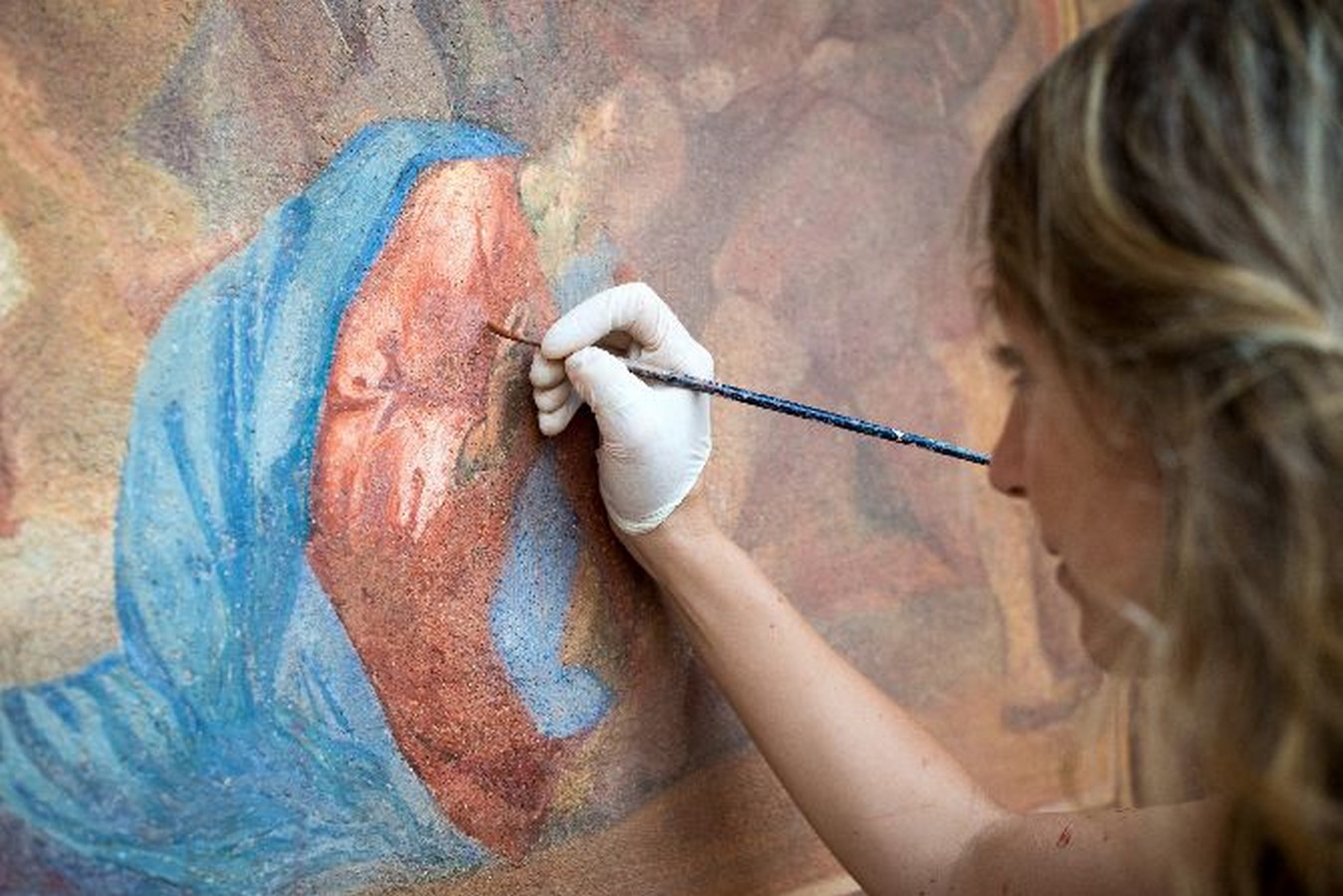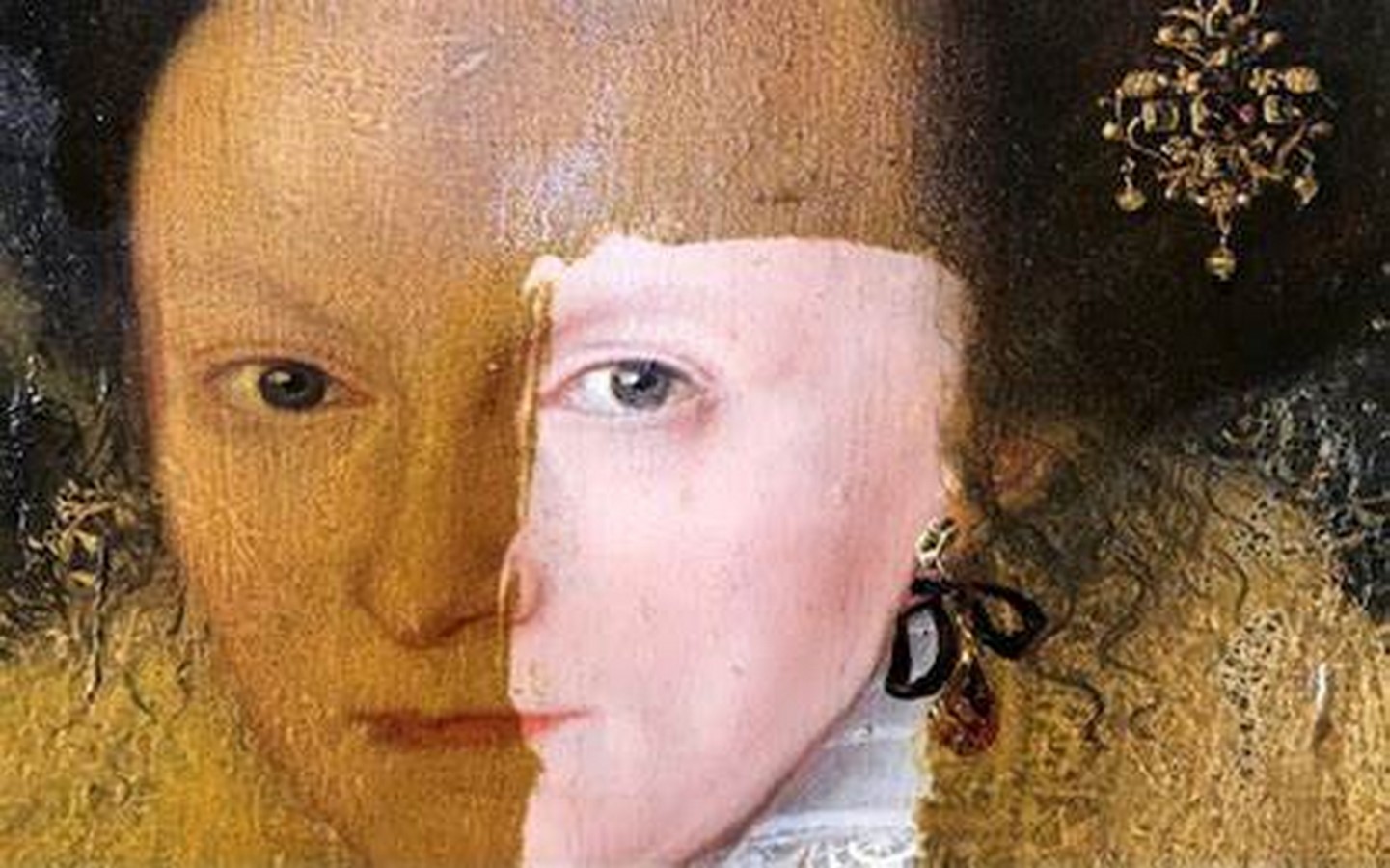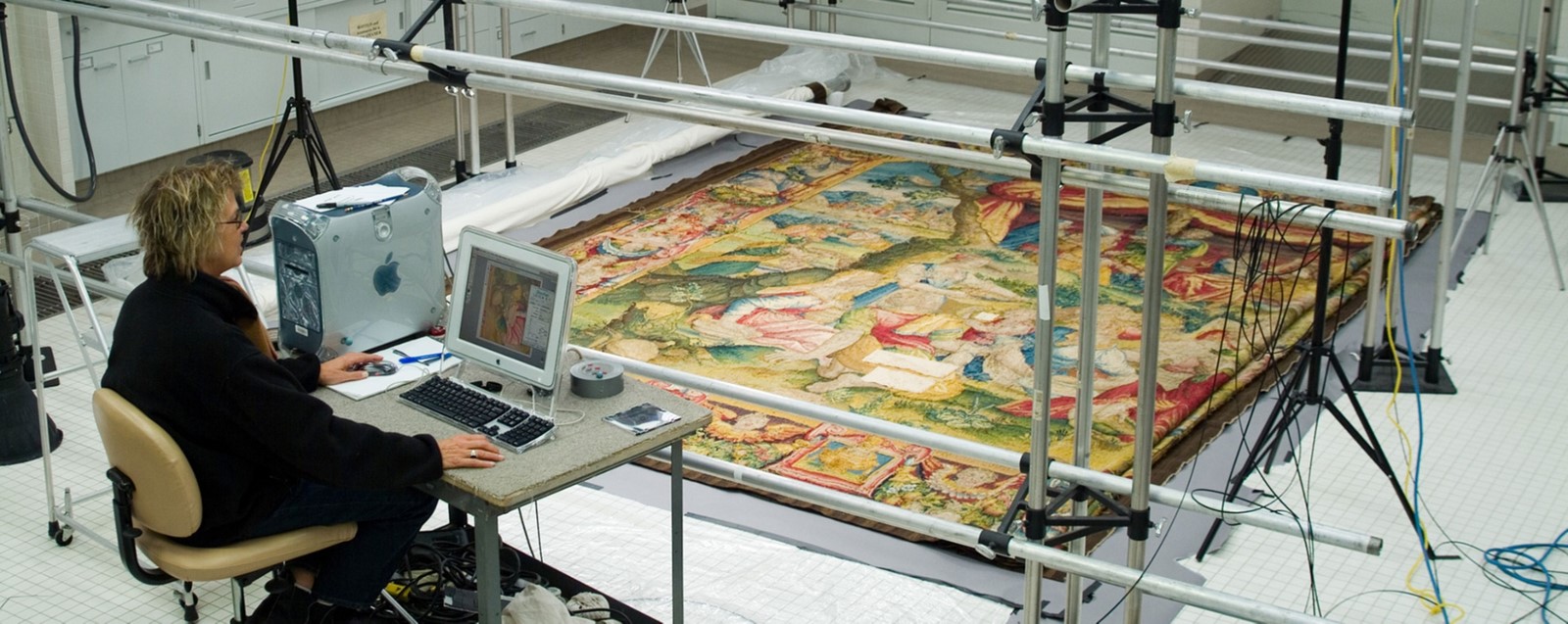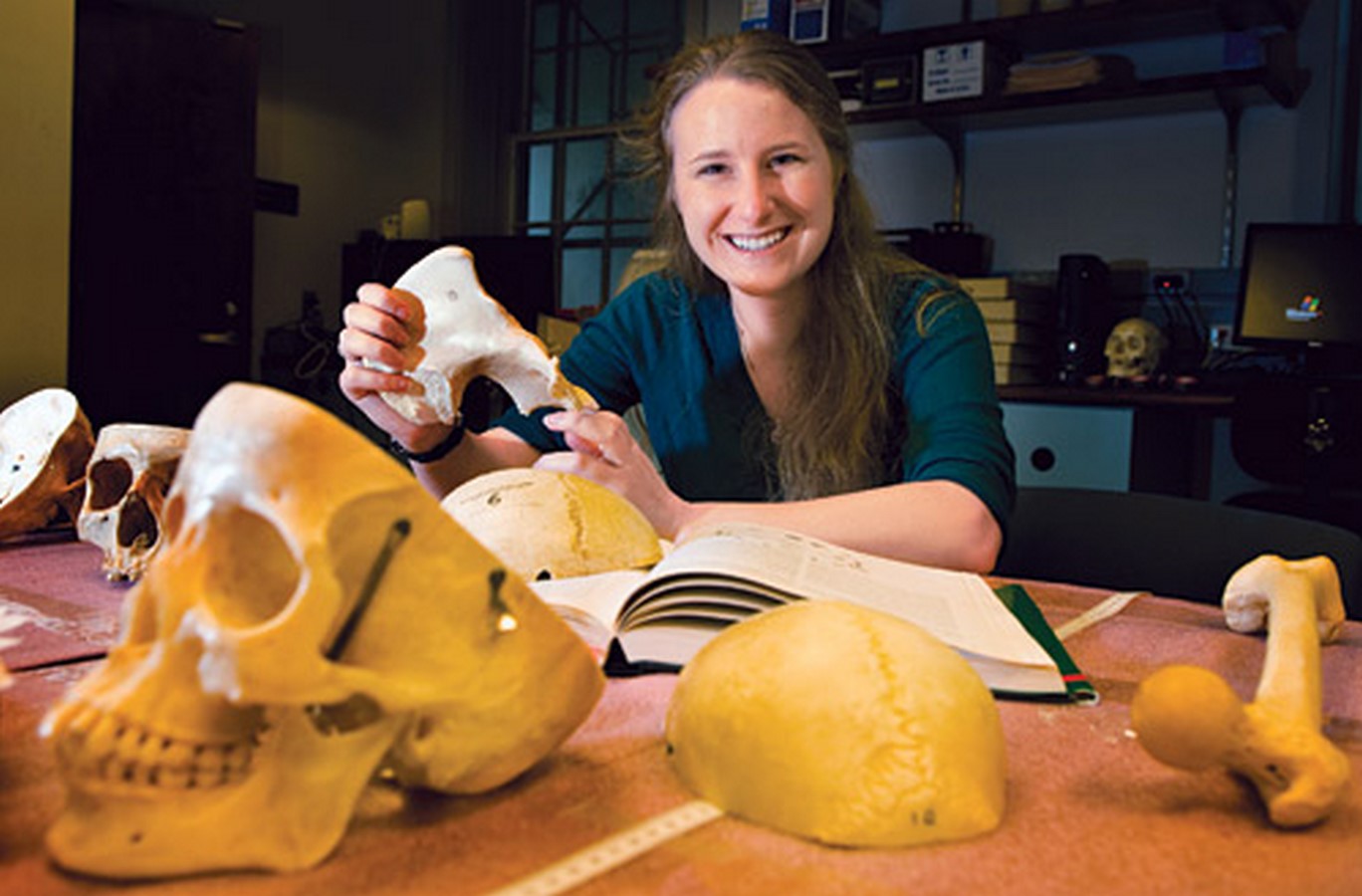What is art conservation?
There are numerous works of art here, and they are all very different! How does the Museum keep track of them all? That is an important question! We can just scrape the surface here.
The Museum’s artworks are all in good condition. Also, when necessary, objects of art in the Museum’s collection are cleaned, but different cleaners are used for different materials—you wouldn’t use the same soap to clean a wooden tomb as you would a clay urn, and you wouldn’t use the same detergent to clean a toy fire truck and your cat. Art conservation is the cleaning, preserving, and occasionally repairing of works of art, and those who perform this specialized labour are known as conservators.
All of the works of art in the Museum are cared after differently, but they all require two things. They all necessitate the maintenance of a specified air temperature and humidity level.
Controlling humidity helps to keep works of art from deteriorating.
Any attempt to conserve and repair architecture, paintings, drawings, prints, sculptures, and decorative art objects (furniture, glassware, metalware, textiles, ceramics, and so on) that have been adversely affected by negligence, willful damage, or, more commonly, the inevitable decay caused by the effects of time and human use on the materials from which they are made.

1-PAINTINGS
Five conservators look after the paintings in the Museum. One specializes in the structural treatment of paintings on wood panels, while the other specializes in the structural treatment of modern artworks. Older paintings are generally varnished to make the colours look deeper and to protect the picture.
Most modern artworks are not varnished, which might cause issues for conservators who are attempting to care for them.
When a painting requires restoration, it is taken to a specially equipped studio within the Museum. The studio sits on the building’s top story and receives northern light—the same cool, steady light that painters prefer. The paintings are handled on easels similar to those used by artists.
A painting’s conservation treatment may include removing old discoloured varnish, fixing a tear in the canvas, or fastening flaking paint. Painting conservators utilize a variety of brushes in their job, from large, wide brushes composed of stiff hog bristles for varnishing to soft goat hair brushes for dusting and small sable (fur) brushes for retouching, which involves adding new paint to conceal minor flaws.
Restoration of 400-year-old painting

2-TEXTILES
Tapestries, carpets, and quilts are all examples of textiles, and textile conservators care for these works of art.
Wander into the medieval art galleries on the first level (see a Museum floor plan for directions) and you’ll notice several big tapestries—woven pictures rather than painted pictures—hanging on the walls. Conservators clean the tapestries with a special vacuum cleaner on a regular basis while they are on exhibit. They also ensure that the gallery lighting is maintained dim to prevent the colours of the tapestries from fading and that the air in the gallery is clean and at the proper temperature and humidity level. They ask the guards to make sure that visitors do not touch the fabrics because oil and grime from their hands can damage them.
Sometimes hundreds of years old tapestries must be restored or repaired.
Conservators replace missing parts, they made bits of an image out of yarn.
They dye themselves in a variety of hues. The regions reconstructed using contemporary yarns should not be very visible anyone who looks at a tapestry, but If you look closely, you might find compare the mended and unrepaired locations, as well as the original ones. Microscopes are used by textile conservators. and additional fibre identification equipment yarns, weaves, and colours, as well as to identify which materials will be used for restoration should be used to fix a specific textile. They are also proficient in Spinning, weaving, and stitching are all examples of textile arts.

3-Objects
An Object conservator is a professional who specializes in the conservation of three-dimensional works and works in a museum or private practice. They receive specific education, training, and experience that enables them to develop and implement preventive policies and intrusive treatment regimens to ensure the long-term preservation of cultural property. Metals, archaeological artefacts, ethnographic artefacts, glass, and ceramic art are examples of items conservators who often specialize in one type of material or class of cultural property. Because of their three-dimensional form and composite nature, objects pose numerous conservation issues.
Objects Conservators must be skilled collaborators, able to interact with both members of the public and museum professionals. Conservation practitioners collaborate with colleagues all across the world, providing expertise and receiving direction. They must argue for the object, explain their treatment procedure, and the need for preventive measures, and remain firm when asked to reconsider a “no” decision. They must also be open to varied interpretations, grasp various materials and construction procedures, and have excellent observation abilities, and deft hands.

4-Musical instrument
Because musical instruments are unique pieces of our rich cultural history, certain preservation conservation laws must be followed. Preservative conservation is defined as any measure that prevents or decreases the possibility of damage. The conservative preservation process is divided into three stages: revelation, research, and preservation. The variety of materials used to construct musical instruments introduces a growing risk of damage in the conservation of musical instruments.
Major degradations observed in musical instrument materials include biological degradations caused by bacteria, fungi, and insects; chemical reactions involving oxidation, hydrolysis reactions, and so on; thermal and photo degradations caused by environmental light; and interaction with air humidity, which causes cracks, corrosion, and so on.
We know that the violin and harpsichord have and continue to hold a dominant place in Baroque musical performance. These instruments have played a huge role in music history.
X-ray imaging, impulse near-field acoustic holography, and finite element analysis were all used. Cleaning and regular maintenance should significantly reduce the rate of degradation of musical instruments.

References:
https://www.britannica.com/art/art-conservation-and-restoration
https://th.bing.com/th/id/R.2bbf336dfe0d855ad7e1119565a6817a?rik=1VOEE%2br5bDH5tg&riu=http%3a%2f%2fwww.metmuseum.org%2f-%2fmedia%2fimages%2fabout-the-met%2fconservation-and-scientific-research%2ftextile-conservation%2ftextile_conservation_marquee_2320x923.jpg%3fas%3d1%26la%3den%26mh%3d922%26mw%3d2320%26hash%3dBA32915C7720AA6DF830DF433D14121C&ehk=V%2bln7oTe6mAJLZzK0jw1zWsgV50rdSfGAss1OtVxcH8%3d&risl=&pid=ImgRaw&r=0
https://link.springer.com/chapter/10.1007/978-3-319-32080-9_16
https://pbs.twimg.com/ext_tw_video_thumb/1546436463218278402/pu/img/SQ33HWxijJqS5pRR.jpg
















